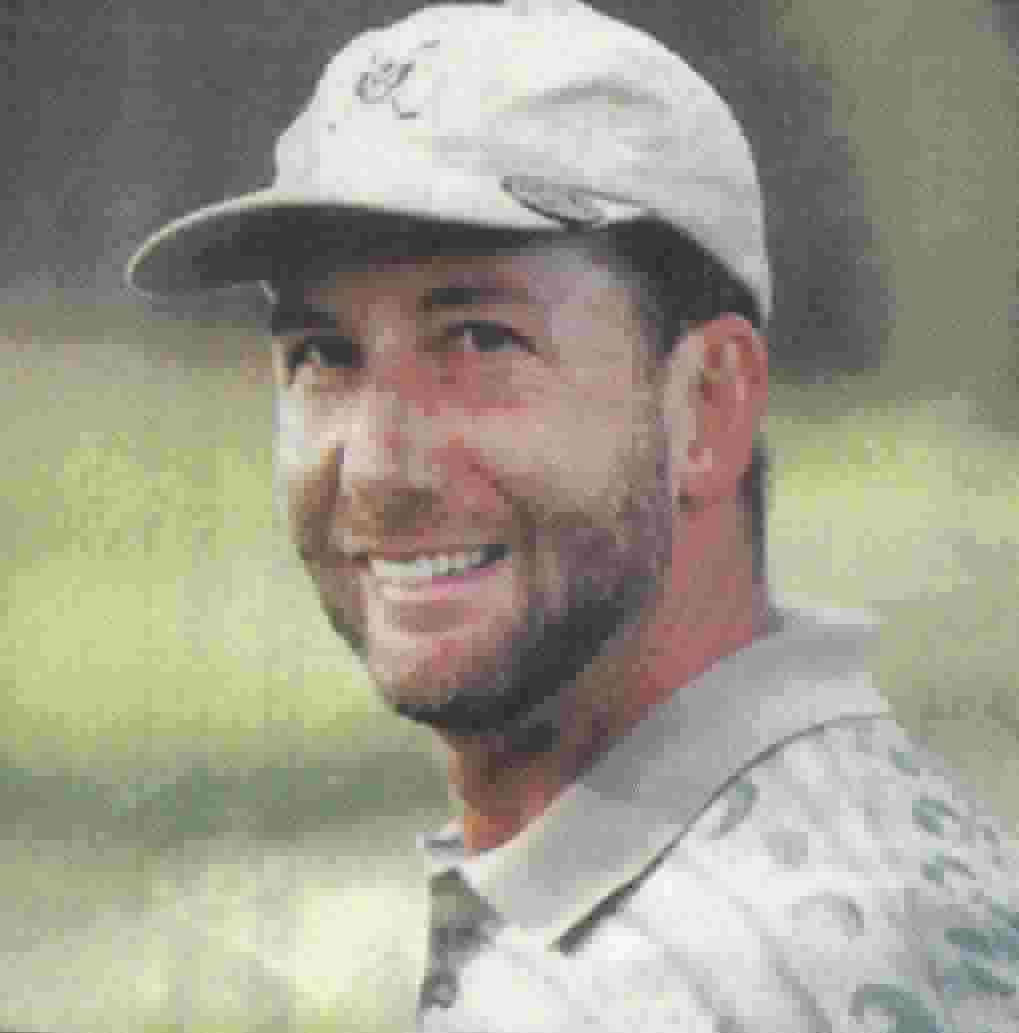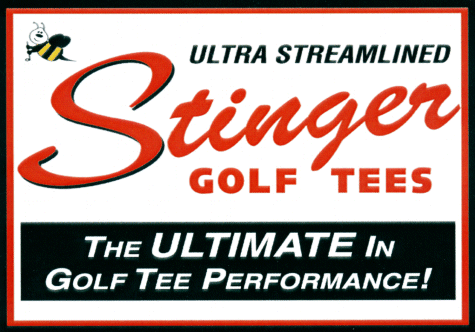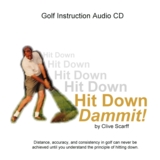Distance & Technology Part 6: The Golf
Ball
Read
Part 1 of this series
here, Clubhead
Mass.
Read Part 2 of this
series here, Clubhead
Loft.
Read
Part 3 of this series
here, Clubhead
Shaft.
Read
Part 4 of this series
here, Clubface
Area.
Read
Part 5 of this series
here, Weather.
If you'd
like one on
one explanations
about the topic,
sign up for the PGI
Member Select Club and
I'll answer all your
questions. Now on
to this week's topic.
VI. Distance
& the Golf Ball
Two
things have led
to PGA Tour players
hitting the ball
significantly farther
in the last 15
years: new driver
technology and
new golf ball technology.
Most of the newsletters
in this series
have focused on
drivers. This issue
will focus on the
new golf ball and
its benefits to
all golfers.
In
Hogan and Snead's
era, the golf balls
used were 3 piece
construction. A
small rubber core
filled with fluid,
wrapped by hundreds
of feet of elastic,
with a soft cover
made of balata.
Then came a harder
cover made of surlyn
for durability.
then the two piece
ball was developed
which consisted
on a solid core
surrounded by a
surlyn cover. The
benefit of the
surlyn cover was
a longer lasting
ball (especially
on mishit irons)
but it lacked a
feeling of softness
and definitely
lacked backspin
for stopping on
greens. The two
piece construction
led to greater
distance but again
itlacked
backspin.
Today,
the 3 piece ball
with elastic windings
has all but vanished.
The solid core
balls are much
less expensive
to produce and
the material used
compresses and
expands (that's
what happens to
the golf ball when
hit) without losing
as much energy.
The result is more
energy is transferred
from the club to
the ball resulting
in greater distance.
PGA
Tour players now
hit it farther
because of the
much better driver
technology (most
significant reason)
and because they
can now play a
high spin ball
without the ball
being a wound
ball with a balata
cover. Amateurs,
on the other hand,
have been playing
with harder 2-piece
balls for years,
therefore their
new found distance
is mainly the result
of club technology.
Better amateurs
that previously
played with soft,
wound balls have
realized additional
gains, like the
pros, since they
can now play a
soft, high spin
ball that is still
durable and goes
a long ways.
What
is the longest
golf ball out there?
That's a very popular
search by surfers
with the search
engines. Pretty
well every ball
manufacturer claims
to have the longest
ball. They can't
all be the longest.
I'd like to suggest
to you two avenues
to pursue if this
question is important
to you.
1.
Purchase my Longest
Golf Ball Report in
which I statistically
analyze distances
of over 70 different
golf balls with
differing constructions.
The balls were
hit
using a mechanical
hitting machine.
2.
Take a look at
the results of
Equip2Golf.com,
an independent
golf testing company.
They have tested
many of the new
golf balls using
golfers and launch
monitor equipment.
Below is a sample
of their results.
| |
Driver
Carry |
Driver
Spin |
6-iron
Carry |
6-iron
Spin |
| Maxfli Noodle
Spin |
229 |
3406 |
159 |
4901 |
| Titleist Pro
V1 |
233 |
3114 |
166 |
5232 |
| Pinnacle Exception |
235 |
2660 |
170 |
4682 |
| Strata Tour
Ace |
237 |
3142 |
163 |
5444 |
| Nike One |
232 |
3342 |
163 |
5164 |
The
Pro V1 and the
Nike One are both
expensive balls.
The others listed
are much cheaper.
Note that the carry
distances are not
that different.
The distances all
depend on ball
speed and ball
spin. Just a slight
caution that the
results are from
human testing (not
machine testing)
therefore there
is more variance
in the tests and
more uncertainty.
My Longest
Golf Ball Report explains
what this uncertainty
does to concluding
whether one golf
ball is in fact
longer than another
for all golfers.
Another
characteristic
of a golf ball
that
has a slight effect
on distance is the
size and depth of
the dimple. Without
any dimples at all,
a drive would only
carry about 100 yards.
It has been determined
that the deeper the
dimple, the greater
the distance, although
it is only a few
yards. On today's
new balls, the size
and number of dimples
does not affect distance
significantly. The
different patterns
are mainly for aesthetics.
Play
with my Driver
Distance Calculator.
You can input such
variables as loft
and clubhead speed
to determine the
optimum loft. I'll
be adding to it
soon so that you
can input different
golf ball parameters
such as speed and
spin.
A list of resources that have been used to produce this newsletter
can be found on my
website here.
The next newsletter's topic will continue to discuss how to
optimize distance off
the tee using the right
golf ball. What spin
maximizes distance
for your ball speed?
Do you want a low spin
ball or a high spin
ball?
The focus
of my site
is to utilize science
and math to lower
your score. New technology
is one
way to achieve this,
but to be honest,
the technology is
one small piece of
the puzzle.
To actually improve significantly,
we all need to:
1. Improve our swings using CD
Interactive, Hit
Down Dammit!
2. Learn how to swing simpler
like the Iron Byron
with the great coffee
table book, Swing
Machine Golf!
3. Improve our physical fitness
and strength.
The
Golf Trainer Power
Performance Programô
4. Improve our mental games.
Golf
Mind Software
5. Improve our Probable
Golf games.
Learn how to make better
choices on the course
through knowing how
shot patterns and reading
the elements and course
better.
Click on the links above to
take a look at
ways that I personally
use myself and
recommend you try
as well.
Hope
I provided some useful
ways for to become
better prepared for
you best golf season
ever.
Ken Tannar
If you'd like to opt out of this newsletter, send
me an email with the subject "opt
out, please"
|








